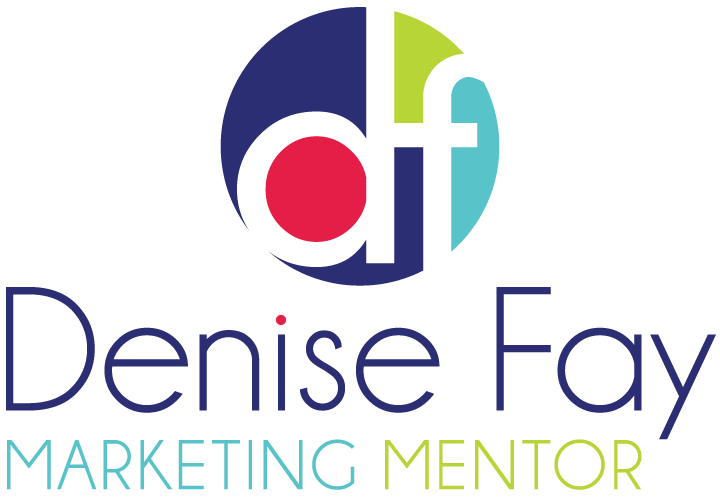I don’t know about you but my inbox fills up pretty quickly with people trying to sell me stuff. Lots of times its a newsletter with 5-10 messages in it; other times it’s simply ‘buy now, our product is cheap as chips”.
Essentially, they are looking for me to click through on their offer or call them to make a sale.
I’ve spoken about email marketing here before so as an avid follower, you know that there are certain elements that you need to do to make an email work for you. Since I started taking a more strategic approach to my email marketing, sales have soared. In addition, my open rates are between 40% – 70% and my click through rate is betwee 25%-47%. The industry average is 12.5%.
I’m proud of my email strategy and if you guys implement what I share, then you too should have similar open and click through rates.
So when I saw these tips by Marketing Experiments, I knew you would appreciate them.
To achieve that click you want your customer to take, your email copy must accomplish these six key objectives.
Objective #1. Arrest attention
Once you’ve captured an email subscriber, and gotten them to open the email, the next thing you have to do is stop them.
Basically, you need to stop them from quickly deleting. Stop them in their tracks to an extent.
By stopping them and grabbing their attention, you’re buying a few moments of their time to make a case for your conversion goal.
You can arrest their attention with a striking visual (although, with image blocking technology in many email readers, this can be reduced to a big blank space with a little red X) or a compelling headline.
Our testing suggests two effective strategies for writing a compelling headline. The first is making a promise. The second is identifying a problem.
Objective #2. Build a connection
At this point, you’ve basically shouted, “Hey!” and stopped the prospect in their tracks.
Now you must build a connection with that prospect. You can start by bridging the gap between the headline or visual that caught their attention, and something that is meaningful to their lives.
This is why it is so important not to overpromise or mislead with a headline. If you’ve caught their attention but failed to connect with the prospect, you have only alienated him.
Objective #3. Build the problem
The hero of the movie does not embark on the journey to battle the bad guys because he wants to. There is the Call to Adventure – his family gets kidnapped, droids let him know that the princess needs saving, two dudes can’t find their car.
The analog for email copywriting is building the problem. What pain points does the customer have? What is that situation of the world before your product, service or nonprofit comes into their lives?
Their interaction with your service or product will ultimately solve this problem – the “resolution” and “denouement” of the narrative arc, to use another storytelling analogy – but first, you must tell them why they should care.
It is not always an obvious pain point in their lives. Like a good story writer, you must help your ideal customer feel this pain viscerally. This is what Flint McGlaughlin, Managing Director, MECLABS (parent company of MarketingExperiments), refers to as “raising the stakes.”
“In certain situations, where the perceived problem is not painful enough, we must intensify that factor. We do this by raising the stakes. It is a matter of showing the broader or deeper ramifications of the problem.”
Objective #4. Build interest
Much like in storytelling there can be a Refusal of that Call by our hero (the hero doesn’t want to be bothered or doesn’t think he’s up to the task). Just because you build a problem doesn’t mean your hero wants to solve it, or even thinks he can.
You must build interest in solving that problem, and show how it can be solved by your company.
For example, you may build a problem that customers should install antivirus software on their computers so their bank account information does not get stolen.
However, you must then build the interest in actually solving that problem – mentioning how easy it is to install your product or how effective your product is at keeping important information safe.
Objective #5. Build suspense
The hero never moves through a story or movie flawlessly, or you wouldn’t wonder what comes next and have no incentive to stick around and keep watching. “The Empire Strikes Back” even ends with the bad guys winning.
Now, of course, the good guys (your customers) will win in the end – but you need to keep them on the hook to get them to the landing page since, after all, the conversion is not going to happen in the email. You just need to get the click to ultimately convert them on the landing page. That’s where the actual sale should happen.
So on the landing page, they will “run a quick, free check of your computer’s hard drive to see if you have any viruses” or in some other way help get the information and meet the conversion goal that helps them ultimately resolve the conflict that was created by building the problem.
Objective #6. Transfer momentum
Make sure wherever you send them to resolve the conflict created in your email copy – likely a landing page – continues the dialogue initiated by your email. You want a natural flow from one channel to the next, not a disjunctive change in the conversation.
So if the suspense you built was to run that quick check of a computer’s hard drive, the headline of the landing page should be “3 steps to scan your computer” or something similar, and not “Buy our antivirus software for only $49.99.”







